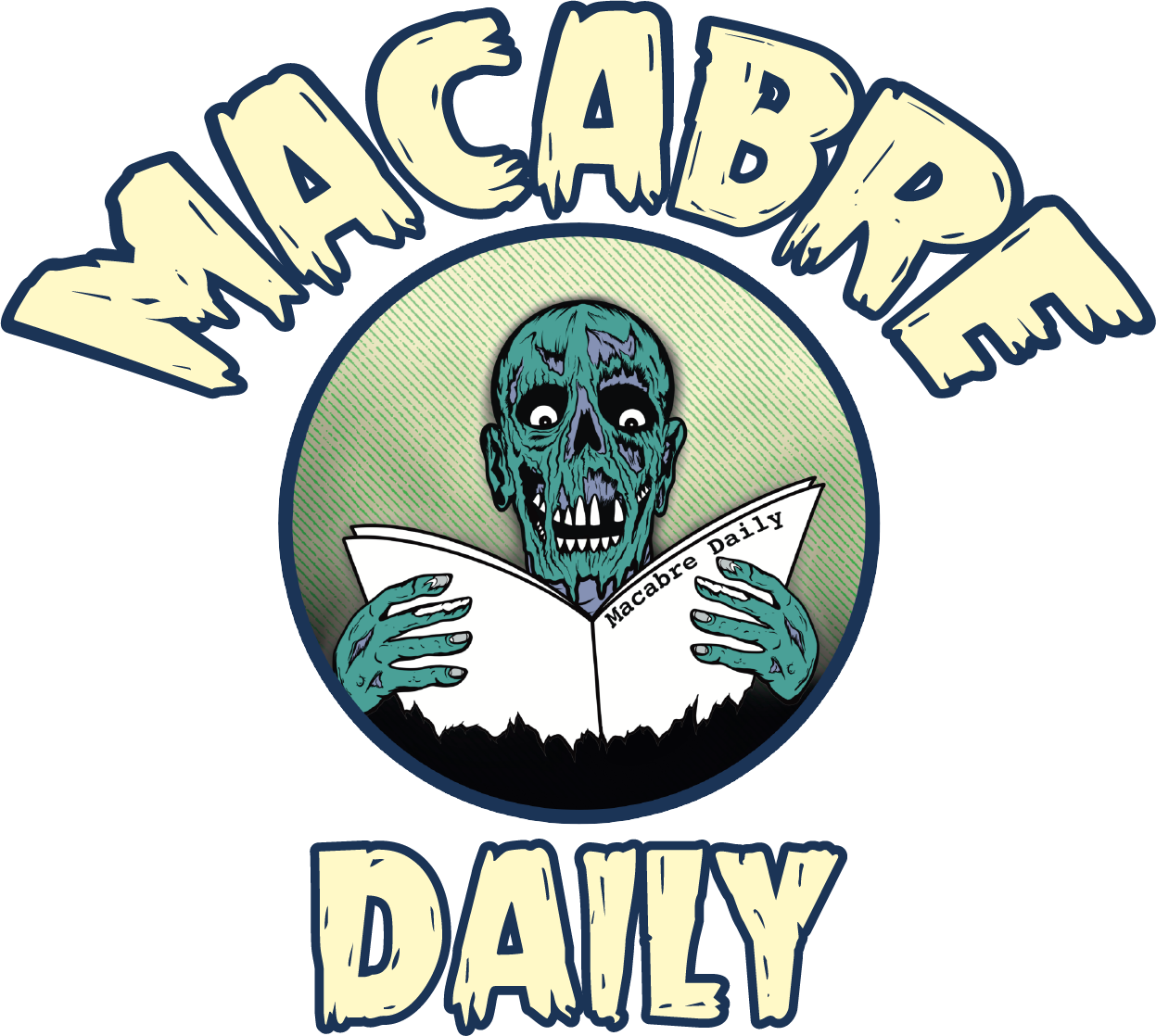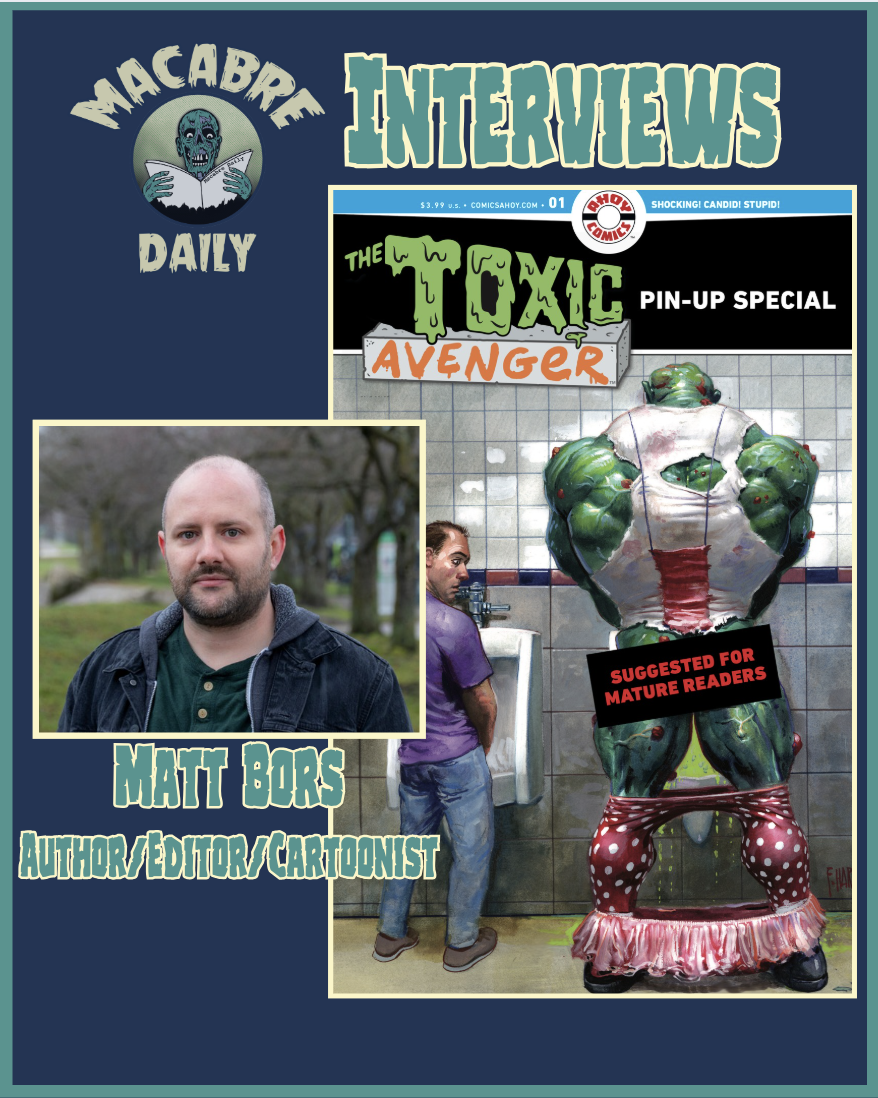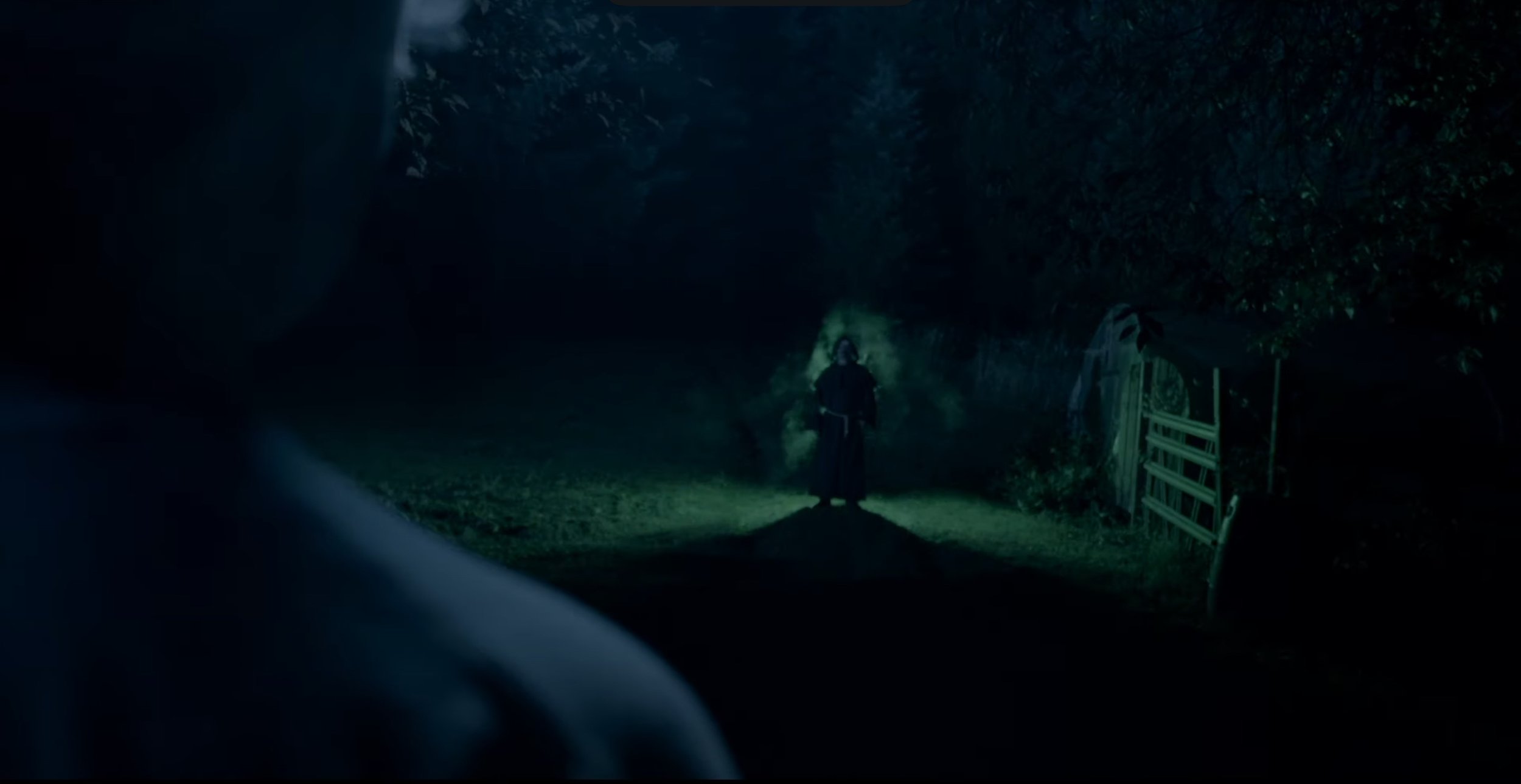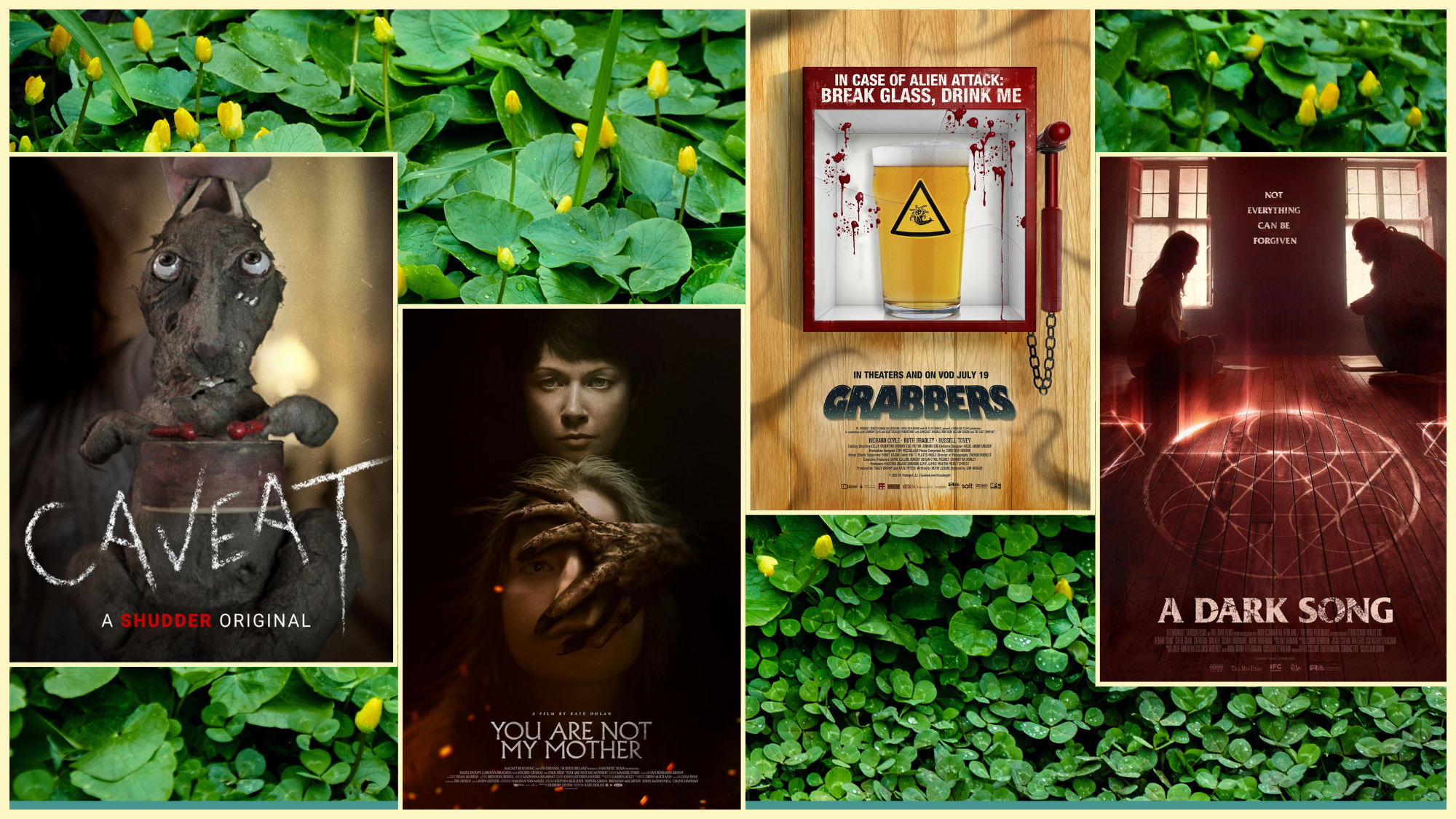COLLECTOR'S CRYPT - MESSIAH OF EVIL (RADIANCE FILMS BLU RAY)
A “cult film” is hard to define, but most broadly it can be considered as such, “Cult films are known for their dedicated, passionate fanbase which forms an elaborate subculture, members of which engage in repeated viewings, dialogue-quoting, and audience participation.” and “exclusive definitions focus more on obscure, transgressive films shunned by the mainstream”. What makes a film a cult film is hard to narrow down, but some of the hallmark traits include being called “hidden gems” or “deep cuts” and being hot topics amongst cinephiles regardless of genre affiliation. Cult films are not popular films, but they have a following of loyal fans who admire them, warts and all. The term may be used more generally, but to designate one’s work as a “cult film” is the equivalent of giving yourself your own nickname. The overuse of these kinds of terms cheapens them, but that doesn’t make them completely irrelevant. Such is the argument made for the 4K Scan of Messiah of Evil from the newly minted boutique label Radiance Films. Is Messiah of Evil a cult film classic or just another obscure horror film from the 70s?
WHAT’S IT ABOUT?
A woman arrives in a sleepy seaside town after receiving unsettling letters from her father, only to discover the town is under the influence of a strange cult that weeps tears of blood and hunger for human flesh.
HOW IS IT?
Messiah of Evil (hereunto referred to as simply, “MoE”) may be the textbook definition of a cult film, and as such there are likely some of you reading this who may have never heard of or seen it before. MoE has that kind of reputation where many genre fans will know of it, but fewer will have sought it out and watched it. In some ways, it is a bit of a hard sell, especially for some younger audiences who abstain from films that were made long before they were born. Still, for those who consider themselves students of the genre and enjoy more atmospheric horror, there are few better examples than MoE. It is a film worthy of all its praise and then some, and has solidified itself as a hallmark of 70s horror that is just as eerie today as it was then.
The plot in MoE is quite opaque; a woman (Arletty) visits the seaside town of Point Dume to check in on her father, a painter who has been sending increasingly cryptic messages to Arletty. Upon arriving at the town, Arletty becomes engulfed in the absurdity of the town and its cult-affiliated inhabitants. While this has all the makings of a folk-horror film, it has none of the folk mythology elements present. Instead, the film wastes no time dropping you right into the story as we open with a monologue from our protagonist warning us of the horrors that lie ahead before we see Arletty arriving at a gas station just outside of town. The moment Arletty arrives, things are noticeably not right. Where there should be people, there are few or none. The gas station attendant as harbinger tells Arletty to turn around and not go further, instilling an even further sense of unease that permeates and builds throughout the entire film. That sense of dread, mystery, and atmosphere is perfectly combined into a potent viewing experience that feels like watching a waking nightmare. It’s what the film does best, consistently amplifying the sense of unease in such a way that you are never sure just what is going on, or why. Part of this is done through the use of moody ambient sounds paired with the art-house-style production design as they work hand in hand to keep you engaged in the mysteriousness of it all.
Oftentimes the sense of ambiguity that films like MoE carry with them deter horror fans because it shies away from the violence. While MoE is not a gorefest, it certainly doesn’t skimp on the brutality and in fact, has it evenly placed throughout the film to keep the viewer’s attention. There are a couple of stand-out scenes that are so effective they should be considered iconic. One involves a grocery store and the other a movie theater, but both deliver some of the best atmospheric horror of all time that you’re likely not to forget anytime soon. If there is one area of the film that could turn off some viewers, it is how the story and the characters progress. Absent is any sort of character development or even nuance, and in its place is obscurity and dream logic. Needless to say, if you don’t enjoy movies without very clear and sequential narrative structures MoE may not work for you. That said, this critique is quite subjective and shouldn’t hold anyone back from exploring this masterpiece of 70s horror. Combining a rich, dark atmosphere with a Lovecraftian and Lynchian aesthetic, MoE is a triumphant film that is as entertaining as it is fear-inducing.
HOW DOES IT LOOK?
MoE comes to us in Blu-ray from a new boutique label, Radiance Films. Radiance was started by Francesco Simeoni who spent over 12 years at Arrow Video, with his last stint being Direct of Content. The news of his departure and the creation of this new label brought a lot of interest to collectors as to how it would compare to Arrow and others in terms of selection, differentiation, and A/V quality. Well, it is with a lot of reassurance that we forecast that Radiance has knocked the MoE video out of the park! The previous release from Code Red / Scorpion Releasing was a solid restoration, and for this release, Radiance upgraded the scan to 4K and used all the surviving elements to make a marked improvement. It should be noted that due to the source elements not being complete negatives, the picture quality can vary some. Still, this is the best MoE has and likely will ever look and comes to us in a widescreen aspect ratio of 2.35:1. Comparisons from the Code Red and Radiance versions can be seen below, and images from the Radiance release are used throughout other parts of the review.
HOW DOES IT SOUND?
Much like the video aspects of MoE, the sound elements are superb! Included with the film is a mono PCM audio track that comes directly from the original surviving elements of the film. While the audio isn’t coded for surround sound, you won’t miss it much since this mono audio track is well-rounded and clear throughout. A perfect balance between music, dialogue, and diegetic sound is reached, and also included are English subtitles for the hearing impaired.
ANYTHING SPECIAL?
One of the things that Arrow Video is known for is its approach to special features, and Radiance is certainly following in similar footsteps. While not as packed with the litany of features you might find in some larger Arrow releases, MoE has some pretty significant inclusions for genre fans who also like a helping of film theory and academia in their extra features. The standout amongst these is the newly commissioned documentary, What The Blood Moon Brings: Messiah of Evil, A New American Nightmare. This 57-minute documentary is filled with various film critics, scholars, and historians to deliver not just an understanding of the film’s influence, but also the periodic context around it and how that relates to the zeitgeist of the 70s. The various perspectives represented cover a broad array of topics like how MoE was influenced by Geroge Romero’s Night of the Living Dead, only for MoE to later influence Romero’s sequel Dawn of the Dead. Various quotes stood out in the commentary about the film like how it had the feeling of “encroaching and seeping sense of weird” while also being described by someone else as “poetry, rather than prose” which brings a holistic view of just how important this film is to the horror genre and the 70s. There is so much richness in this documentary, including some film suggestions that were immediately added to the queue, and it goes deep into the production uncovering unused concepts due to heavily reduced budgets. The most standout aspect of the film’s production was that it is almost a “happy accident” that it works so well given how much they didn’t get to film and how little film there was to work with, but the result is still some of the best the genre has to offer. A full list of special features included in this release is listed below.
BONUS MATERIALS
New 2023 restoration from a 4K scan of the best-surviving elements of the film from the Academy Film Archive
Uncompressed mono PCM audio
Audio commentary by critics and horror experts Kim Newman and Stephen Thrower
Archival interview with co-writer-director Willard Huyck by Mike White from the Projection Booth Podcast (2019, 37 mins)
What the Blood Moon Brings: Messiah of Evil, A New American Nightmare - A documentary feature that explores Messiah of Evil in the context of American independent cinema of the 70s, as well as examining the film's allegiance to several subgenres of horror
Visual essay on American Gothic and Female Hysteria by critic Kat Ellinger (2023, 22 mins)
English subtitles for the deaf and hard of hearing
Reversible sleeve featuring original and newly commissioned artwork by Time Tomorrow
Limited edition booklet featuring writing by Bill Ackerman
LAST RITES
Messiah of Evil is one of the most compellingly creepy films from the 70s that should be a part of every horror collector’s library. Radiance’s release is not only the best looking and sounding but includes a deep discourse in the special features that make these kinds of boutique releases essential additions to not just enjoy the film, but expand your understanding of it critically and historically.
THE GORY DETAILS
Thank you to the fine fiends over at MVD ENTERTAINMENT for providing a review copy for the crypt! Messiah of Evil is available NOW and can be purchased via MVD DIRECT!
Stay up to date with “The Dark Side Of Pop Culture” by following Macabre Daily on Instagram, Facebook, and Twitter.

























